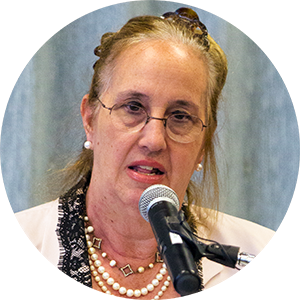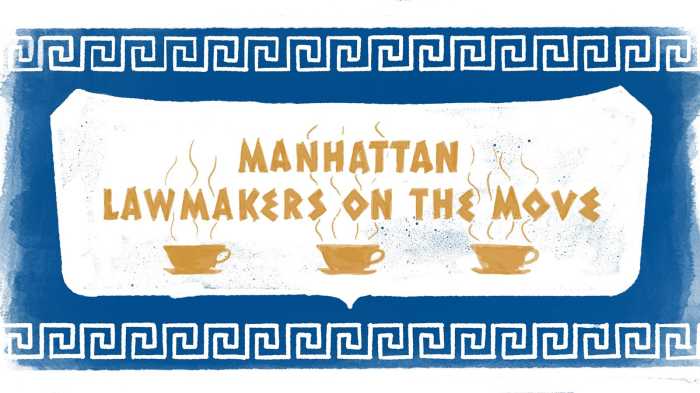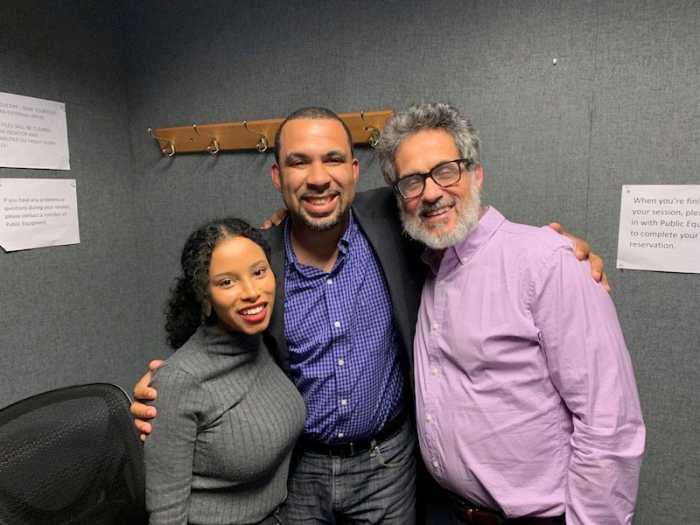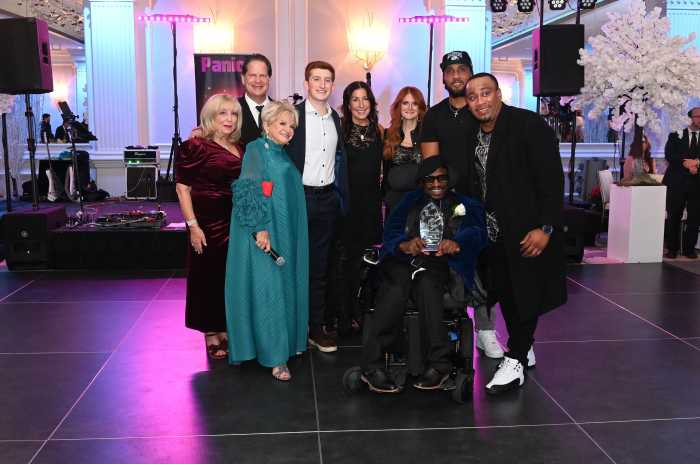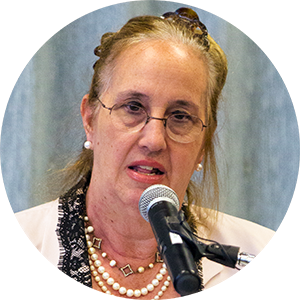
Manhattan Borough President Gale Brewer alongside and Susan Lerner, Executive Director of Common Cause/NY, today joined with other voting rights activists to push the NYC Charter Commission to put ranked choice voting (RCV) for all elections on the final ballot.
On Monday, the Commission listed ranked choice voting as a preliminary recommendation. The Commission will vote on a final slate of proposals in June that voters will ultimately approve or reject on the November ballot.
RCV is a consensus driven system that would allow voters to rank candidates in order of preference, instead of a winner take all model. The groups’ proposal would implement Ranked Choice Voting for all NYC primary and special elections, including races for city council and citywide offices.
“If voters have the opportunity to rank their choices for candidates for public office, on just one election day, we could enhance democracy by ensuring that those elected have a more solid base of support from the people– and save taxpayer dollars by avoiding expensive runoff elections,” said Brewer.
In the last three election cycles in New York City, sixty-three percent of multi-candidate primaries were won with less than 50% of the vote, 30% were won with less than 40%, and nearly 10% were won with less than 30%.
In 2021, the incumbents will be term-limited in approximately 70% of the City Council, all five borough presidencies, as well as the offices of the comptroller and the mayor. That means over 200 candidates will be competing over open seats. Ranked choice voting would help create consensus, lessen negative attacks, and save tax dollars, according to the group.
“Ranked choice voting is a common sense election reform that helps community-based candidates win, creates consensus, and eliminates the winner-take-all mentality. But voters need it for every office, not just city-wide positions. We look forward to working with the Commission to make sure the final proposal placed before the voters in November gives New Yorkers the opportunity to gain the full advantages of ranked choice voting,” said Lerner.
Advocates claim this election system also allows more community based candidates to compete, particularly candidates of color. According to a study done by Fair Vote, in the Bay Area cities-San Francisco, Minneapolis and Santa Fe- that use ranked choice voting, candidates of color have won 62% of those races, as compared to only 38% prior.
Ranked choice voting allows voters to express their preferences for a variety of candidates by ranking their first five choices. If on election day when all the first-choices are counted there is one candidate who collects a majority of the vote, that candidate wins. If there’s no majority, then the last-place candidate is eliminated and their votes re-allocated according to voter preferences. The process is repeated until there’s a majority winner.


